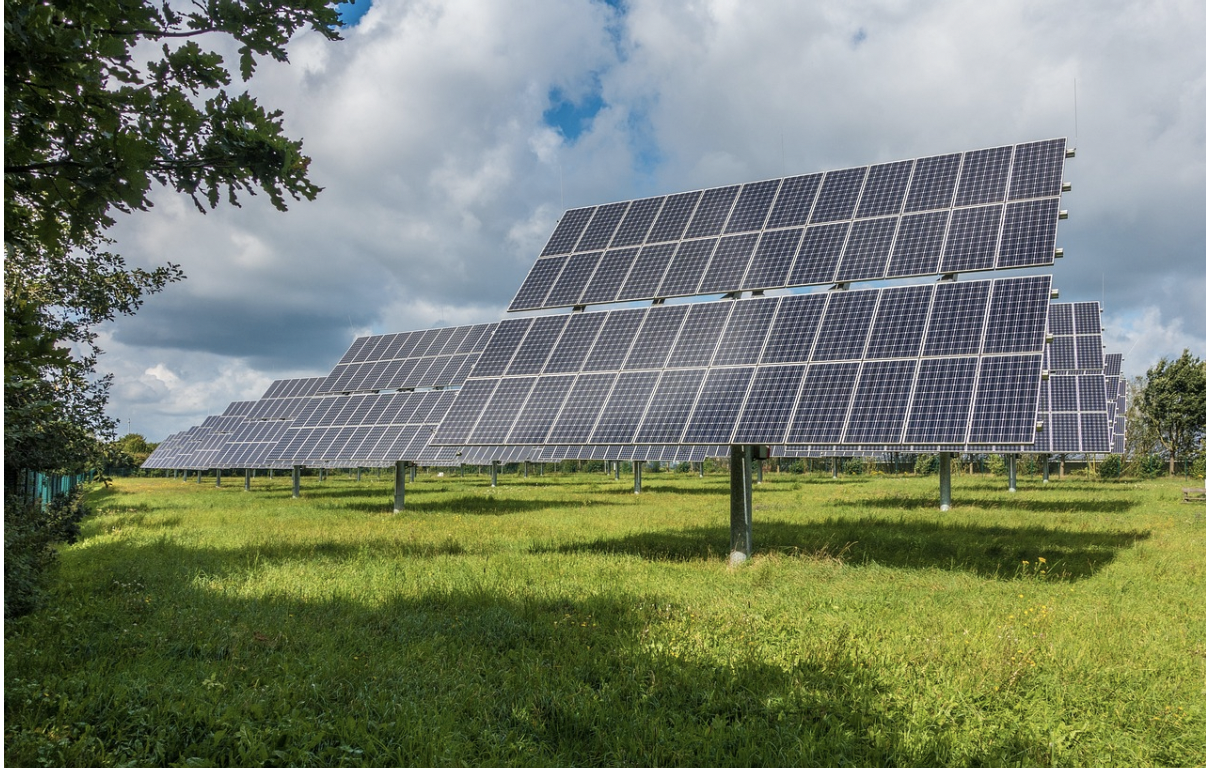There are many reasons for investing in renewable energy, from sustainability to self-sufficiency. Indeed, scientists and researchers worldwide have been working around the clock to create more efficient and environmentally friendly ways to harness energy from nature. Unsurprisingly, investments in green energy are on the rise globally, and photovoltaic (PV) energy has a leading role in this context.
While some countries opted out of the Paris Agreement, many still take their emission targets very seriously. Thanks to companies like https:/mantierogroup.com, which keep innovating in large-scale solutions for solar panels, this technology is going even further. Some cities in the US have been using PV panels even for traffic noise reduction, mounting them along busy roads.
Learn more about the newest technologies in the photovoltaic industry.

As the name suggests, bifacial solar panels are exposed to sunlight on both sides by standing tall above the ground. It’s a considerable advancement compared to traditional structures, which can harness much more energy. Bifacial panels, including solar farms, are becoming more popular for small and large-scale solutions. Although they are more efficient, bifacial units are considerably more expensive and complicated to mount.
It’s no news that smart technologies like AI, ML, and IoT can manage resources better than humans. It’s the same for green energy generation. Indeed, PV panels can do much more with them, like proactively increasing production when the weather is favourable and managing maintenance routines. More importantly, interconnected PV structures can more efficiently generate and distribute energy across large areas.
Not too long ago, manufacturing solar cells used to be quite expensive, threatening scalability. Traditionally, these cells were made of silicon, and many still are. However, a more affordable option has emerged: perovskite solar cells. Like silicon, perovskite works as a semiconductor material but with crucial advantages, such as availability and low production costs.
Hybrid solutions combining both materials are gaining traction in the market and are even more efficient. New cells harness long wavelengths using silicon subtraction, while perovskite layers capture short wavelengths. Thin-film solar cells have also greatly increased their efficiency with the combination of new materials, such as copper, gallium arsenide, cadmium telluride, and others.
Storing solar power is a long-lasting challenge, as inefficient batteries can waste valuable kilowatts. Since batteries are also vital for electric vehicles and appliances, several industries have been looking for ways to make them more efficient. Lithium-ion flow batteries do the job well, but there are other ways to keep energy from going down the drain. Pump hydro and compressed air systems also have massive storage capacity and are often built in abandoned mines.
It may sound crazy, but harnessing solar energy at night is possible. How come? Well, during the day, while the sun heats the ground, they work just like any other PV unit. However, at night, they can capture infrared radiation from the heated earth.
Naturally, productivity drops considerably after sunset, but the key point here is that these panels never stop generating energy. In fact, PV structures can keep up to 25% of their productivity from dusk until dawn.
Solar panels are widely recognized for their dark surfaces, but what if they were transparent? Enter the photovoltaic glass, a sandwich of PV cells between two layers of glass. They don’t block sunlight like most structures, meaning they can be used as windows and roofs.
PV glass is less efficient than traditional units, but its impact on electricity bills is still considerable. So, the investment pays for itself over time, as it saves up to 40,000 GJ yearly. It’s a great option when there’s no space for installing traditional panels, seamlessly blending with a building’s structure.
Ocean farms aren’t new for wind turbines, but they’re quite a breakthrough for solar power. Singapore has just built one with an impressive capacity of 5 MW. Indeed, it’s a great solution for countries suffering from land scarcity, such as Singapore, but offshore farms also use seawater as a coolant. Better still, PV ocean firms can act as artificial coral reefs and restore natural ones, protecting marine life.